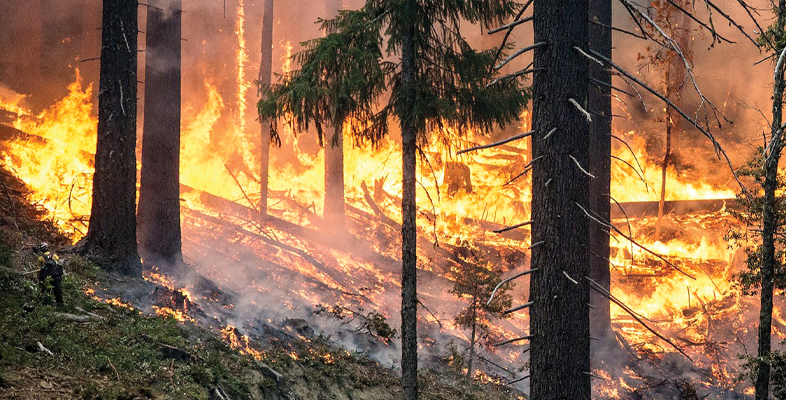Fire ecology
Introduction
This course explores the role of fire as an agent of natural disturbance in ecosystems. Many terrestrial ecosystems around the world are fire-prone and fire, or more specifically, the fire regime, controls their composition and structure. Factors such as climate, vegetation type and the source of ignition differ among ecosystems and affect aspects of the fire regime such as its extent (size), frequency and intensity. Because plants and fire share a long evolutionary history, many plants have evolved adaptive traits that not only allow them to persist in flammable environments but to depend on fire for reproduction and growth.
One important consequence of natural fires is the creation of spatial and temporal variation within a landscape, which generates and maintains biodiversity. Many animals exploit the consequences of fire and the mosaic of habitats generated by fire supports a wide diversity of animals and plants. The course also briefly addresses some of the effects and consequences of climate change and global warming on the intensity and frequency of fires.
This OpenLearn course is an adapted extract from the Open University course S397 Terrestrial ecosystems [Tip: hold Ctrl and click a link to open it in a new tab. (Hide tip)] .
